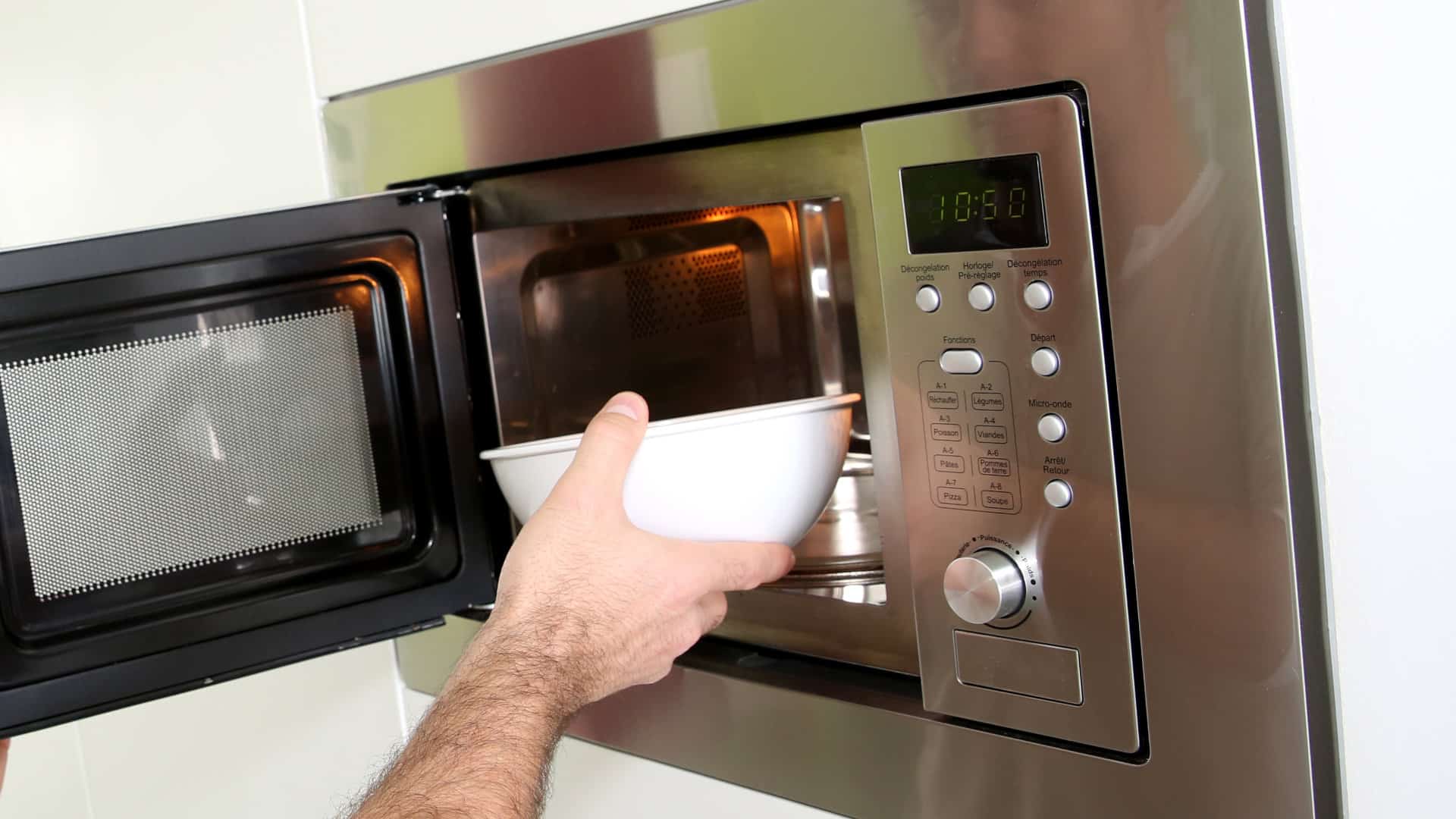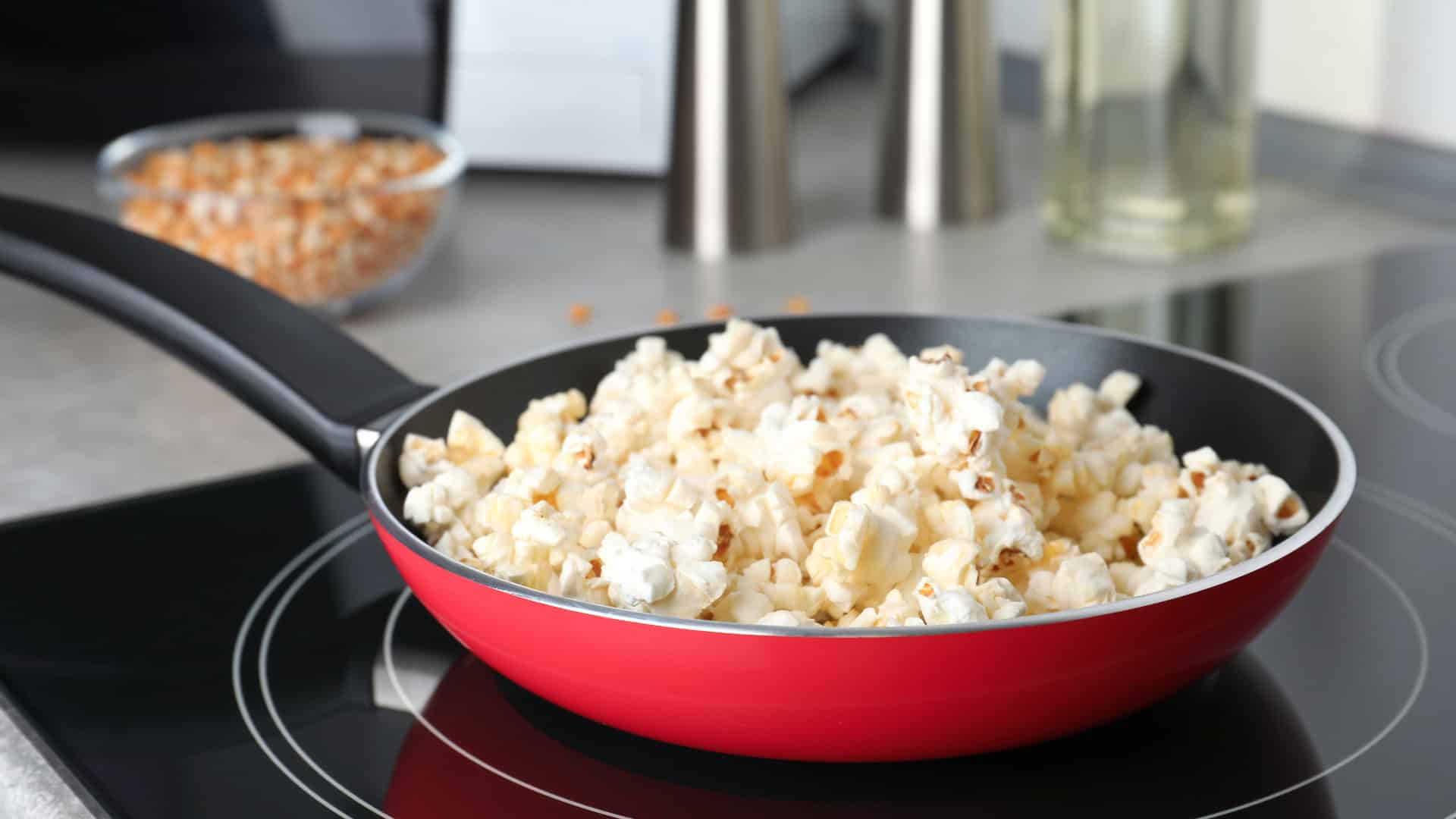
Everyone likes a big bowl of popcorn. It’s a great snack when watching a movie and is surprisingly healthy, made of simple ingredients, and cheap.
However, bagged microwave popcorn often contains unhealthy additives, and air-popping appliances are costly, and frankly, unnecessary when you can make popcorn on the stove so easily. Follow these simple tips to get perfect popcorn!
You will need:
- A heavy bottomed large pot with a lid
- Oven mitts
- Half a cup of popcorn kernels
- Two tablespoons of the oil of your choice
- A large bowl
- Seasonings of your choice
Choose your pan
Make sure you use a good, heavy-bottomed pot. Cheap pots do not evenly distribute heat, resulting in hot spots that burn the popcorn. You can use either a good quality saucepan or a Dutch oven. Both have their benefits, as outlined below.
Saucepan
You can’t go wrong with a simple saucepan for fluffy, crispy popcorn. A four-quart version with a lid is recommended—this way, all of the popped popcorn volume has somewhere to go. The lid is obviously necessary for retaining some steam and preventing your kernels from exploding all over the kitchen!
Cooking in a saucepan should only be done on medium-high heat. That temperature is hot enough to pop the kernels, but not so hot that the popcorn will burn. A thick-bottomed pot, such as cast iron, aluminum, or stainless steel, will also provide a more even cook than a thin-bottomed pot.
Dutch oven
These heavy-duty pots, whether cast iron or aluminum, are fantastic at retaining heat for popping.
For popcorn purposes, Dutch ovens are similar to saucepans. Four-quart remains a good size, though larger is also acceptable. Don’t forget, these pots can get quite hot, so keep some oven mitts on hand! Their one downside is that they tend to be quite heavy, which can make lifting the pot to shake the kernels a bit of a workout.
Choose your oil
When choosing an oil for your stovetop popcorn, select one with a high smoke point, as the pot will need to get quite hot in order to pop the kernels. A neutral tasting oil is often preferred, but some people prefer the complex flavors that a more highly flavored oil imparts. It is really up to you! Below we break down the most popular oils to use:
- Coconut oil—This is the oil used most often by movie theaters to make popcorn, and is a great choice due to its high smoke point. If you choose a refined version it will not impart much of a coconut flavor, but an unrefined variety will give your popcorn a delicious, delicate coconutty taste.
- Canola oil, avocado oil, or grapeseed oil—These are all neutral flavored oils with high smoke points which are great options for stovetop popcorn.
- Olive oil—It has a lower smoke point than canola and coconut oil, but it is still possible to use it if you are careful. It gives a delicious flavor to your popcorn; just make sure you don’t cook your popcorn on anything higher than a medium heat. If you are a newcomer to stovetop popcorn, it may be a good idea to wait until you are more experienced before you try to use olive oil.
- Ghee—Although not technically an oil, ghee is an amazing option for cooking popcorn as it imparts a delicious buttery flavor without having to add any additional butter at the end. Ghee, or clarified butter, is butter that has had the milk solids removed, giving it a much higher smoke point than regular butter. You can purchase ghee from larger supermarkets or from Indian grocery stores.
Get the correct temperature
Once you have chosen the oil, the next thing to do is to start cooking! One of the biggest mistakes made by stovetop popcorn makers is to start with the heat up too high. Start by putting two tablespoons of your preferred oil in your pot, and set it to a medium heat. You can test the temperature with a couple of popcorn kernels—as soon as they pop, it is time to add the rest of the kernels.
Shake, shake, shake!
- As soon as you have poured the remaining kernels into the pot, cover the pot once more and shake it to distribute the kernels evenly.
- Return the pot to the stovetop and continue cooking the popcorn, carefully shaking the pot occasionally to ensure that the kernels are evenly cooked. When the kernels begin to pop, gently tilt the lid to allow steam to escape.
- Cook until the popping sound slows down to about one pop every few seconds. If the popcorn starts to overflow the pot, simply tip the top portion into your bowl and return it to the heat.
Season and enjoy
After you have tipped the popcorn into your large bowl, you need to season it! There are many different seasoning options—you can get as creative as you want to! Here are some ideas:
- Plain salt
- Melted butter
- Olive oil and sea salt
- Cinnamon, melted butter, and brown sugar
- Cayenne pepper or a premade spice mix, such as Cajun seasoning
- Nutritional yeast
Once you have chosen your seasoning, drizzle or sprinkle it over your popcorn while stirring and tossing the kernels to get an even coating. Now relax and enjoy your freshly made popcorn.
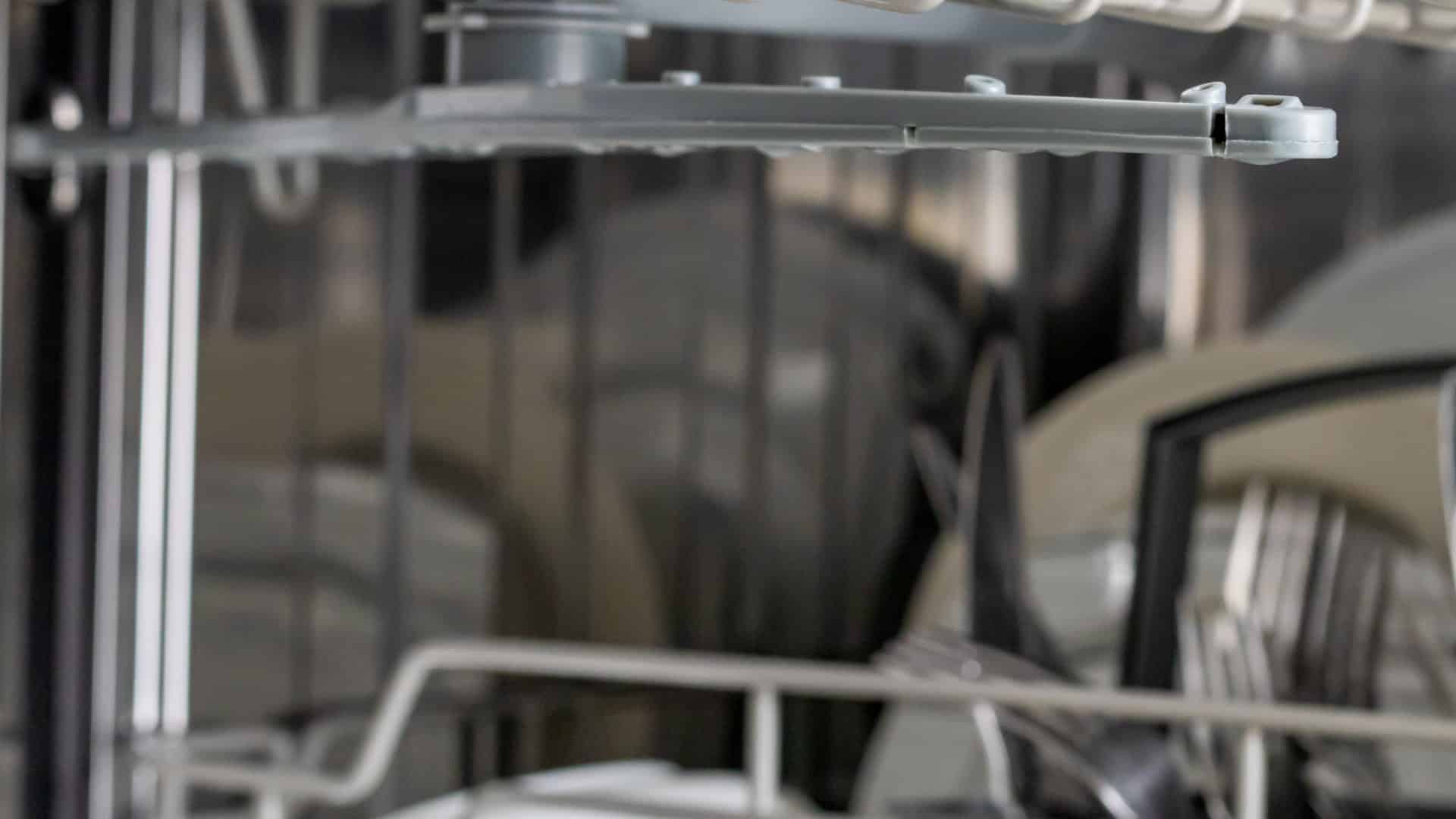
GE Dishwasher With No Power or Lights? Try This Fix
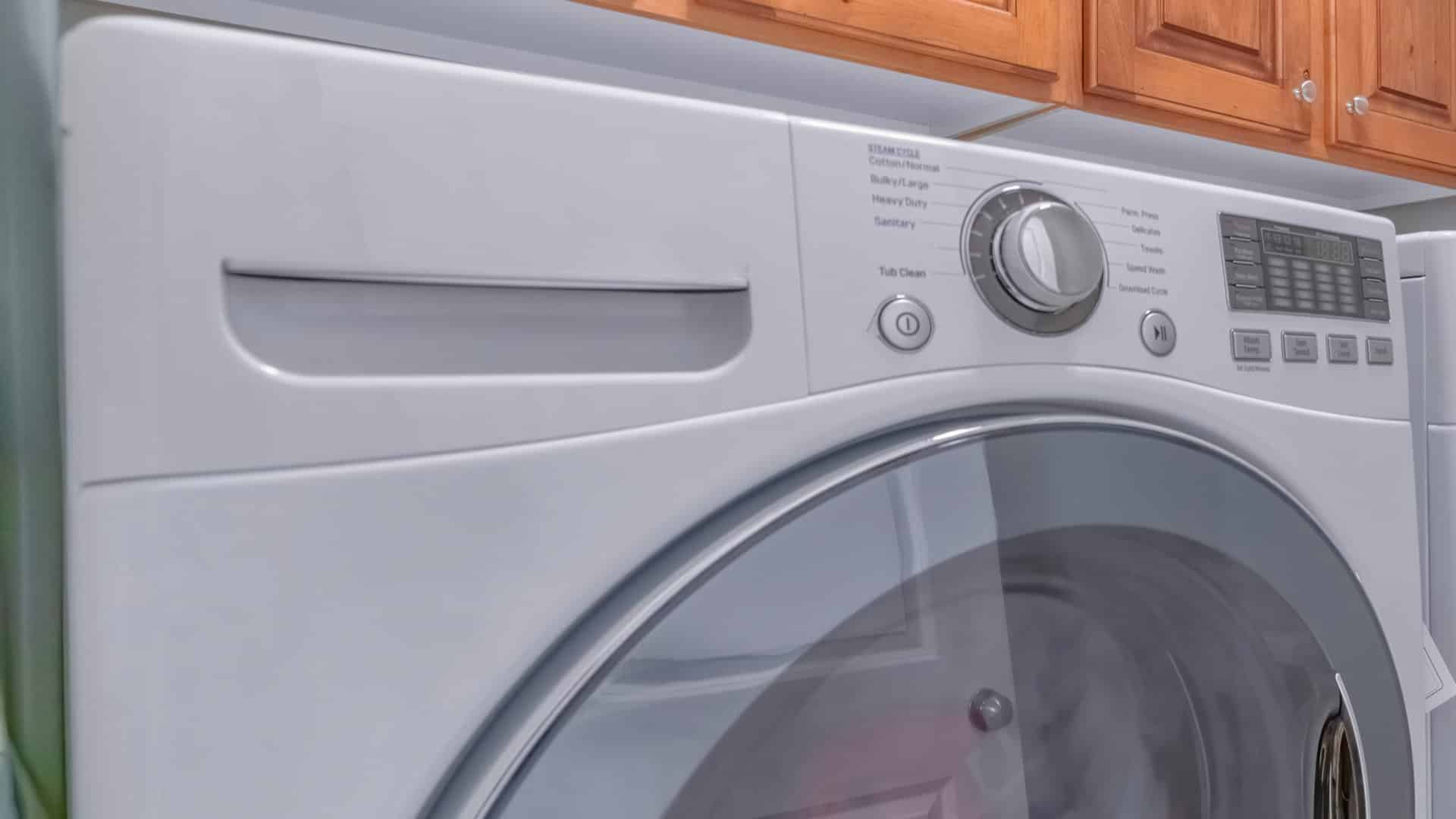
Understanding SC Code on Samsung Washer
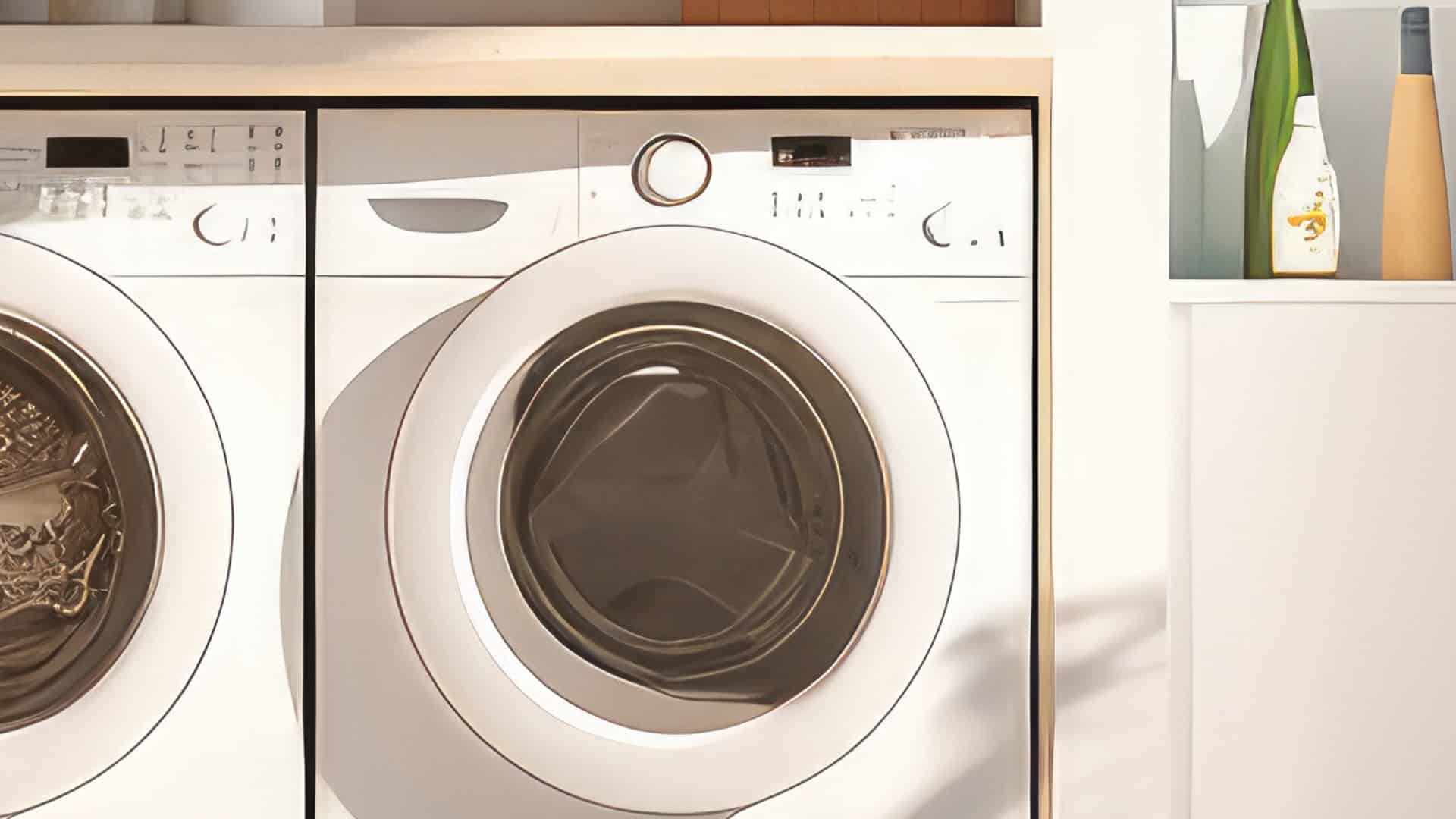
Resolving LG Dryer D80 Error Code
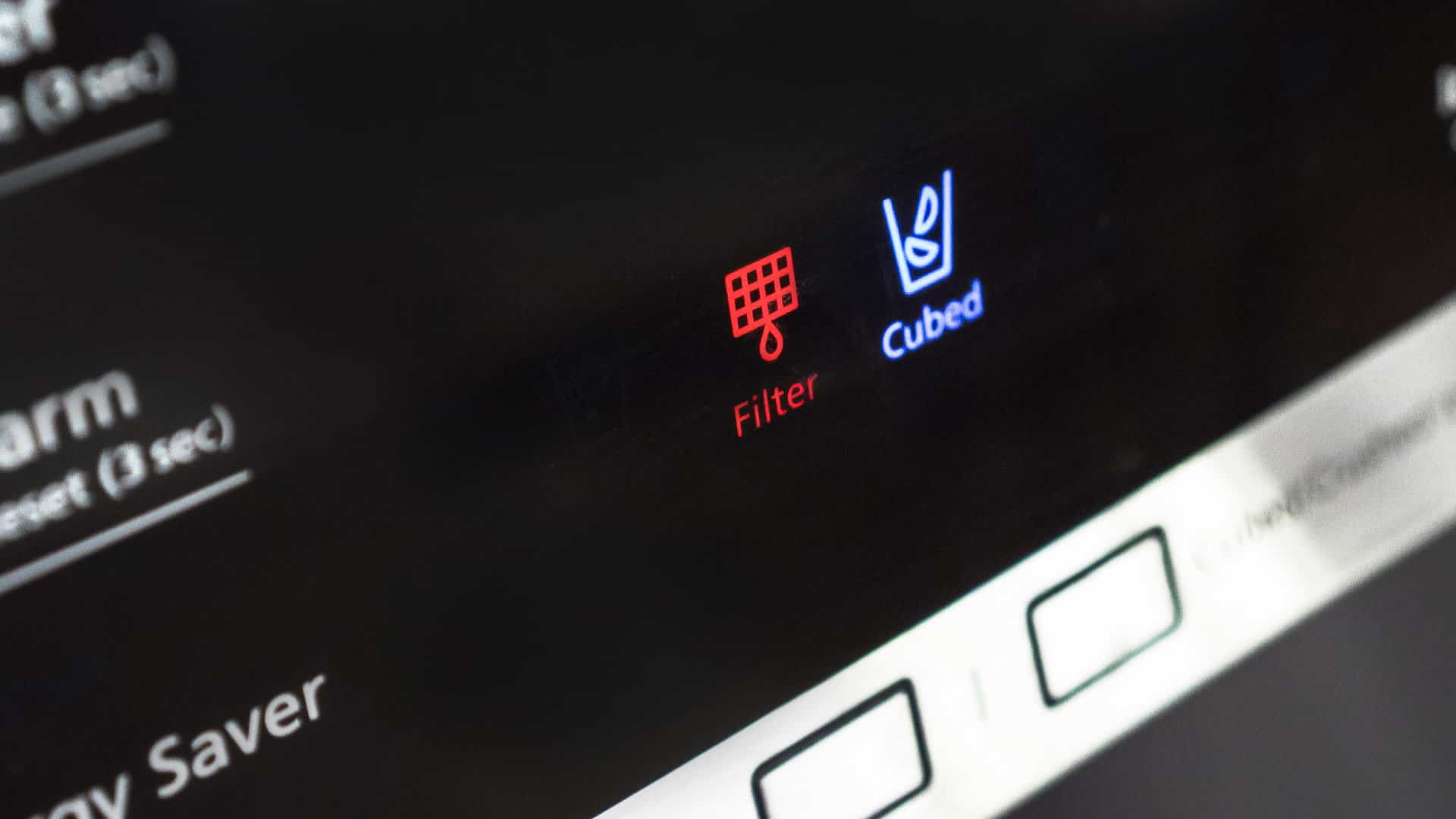
Understanding GE Refrigerator Error Codes: A Guide
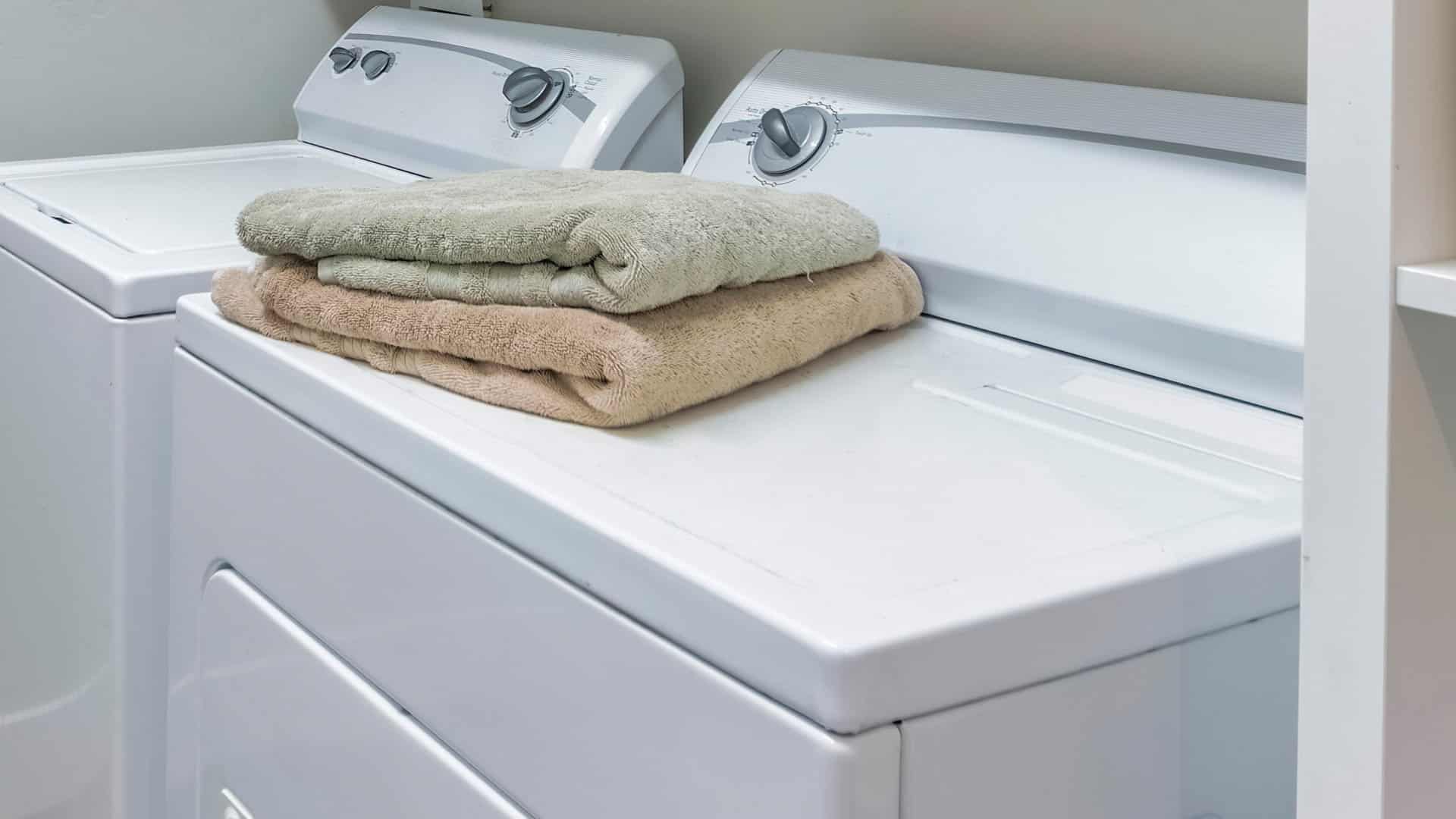
Amana Dryer Not Heating? Try These 5 Fixes
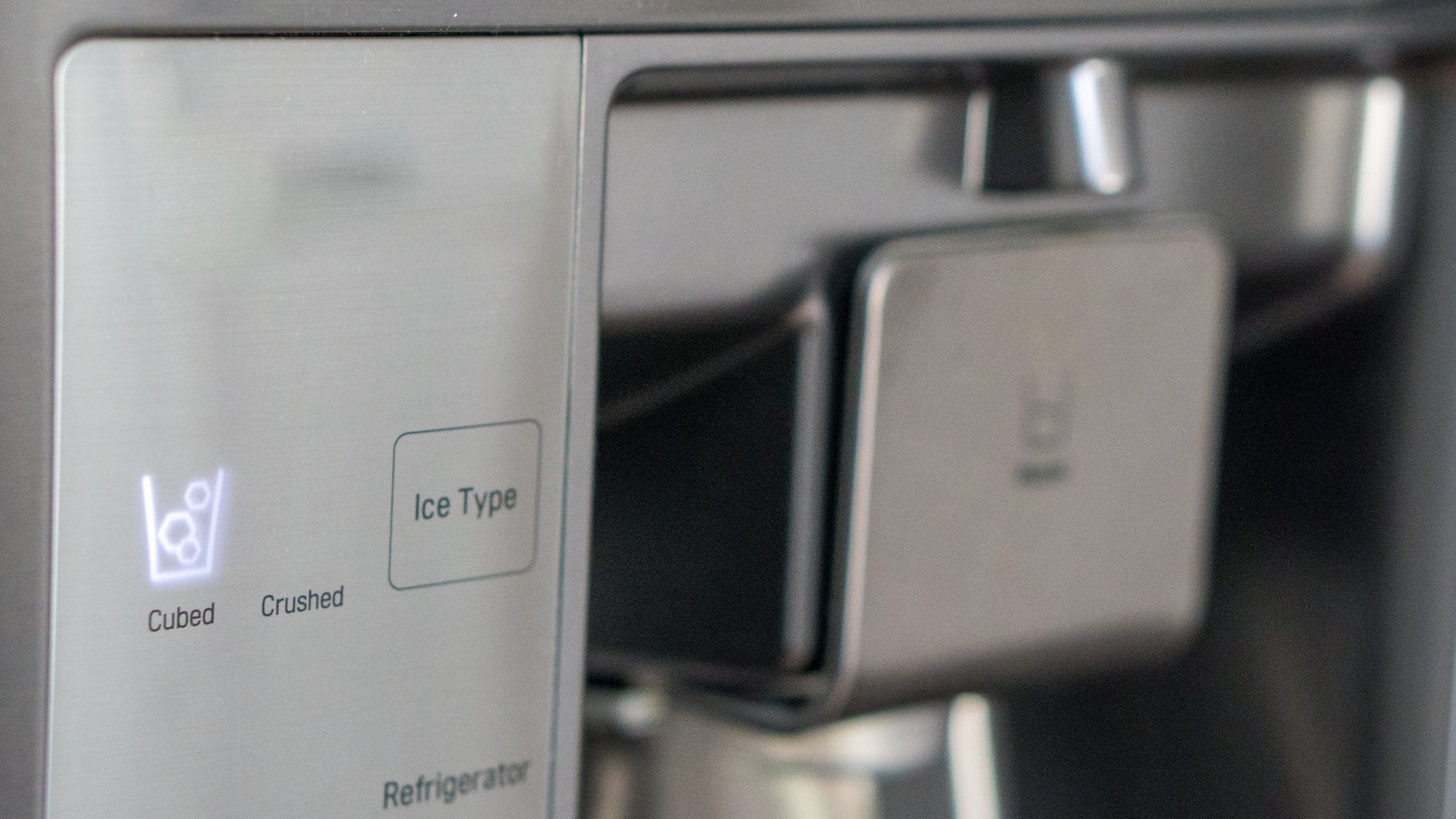
Samsung Ice Maker Issues? Here are 5 Fixes
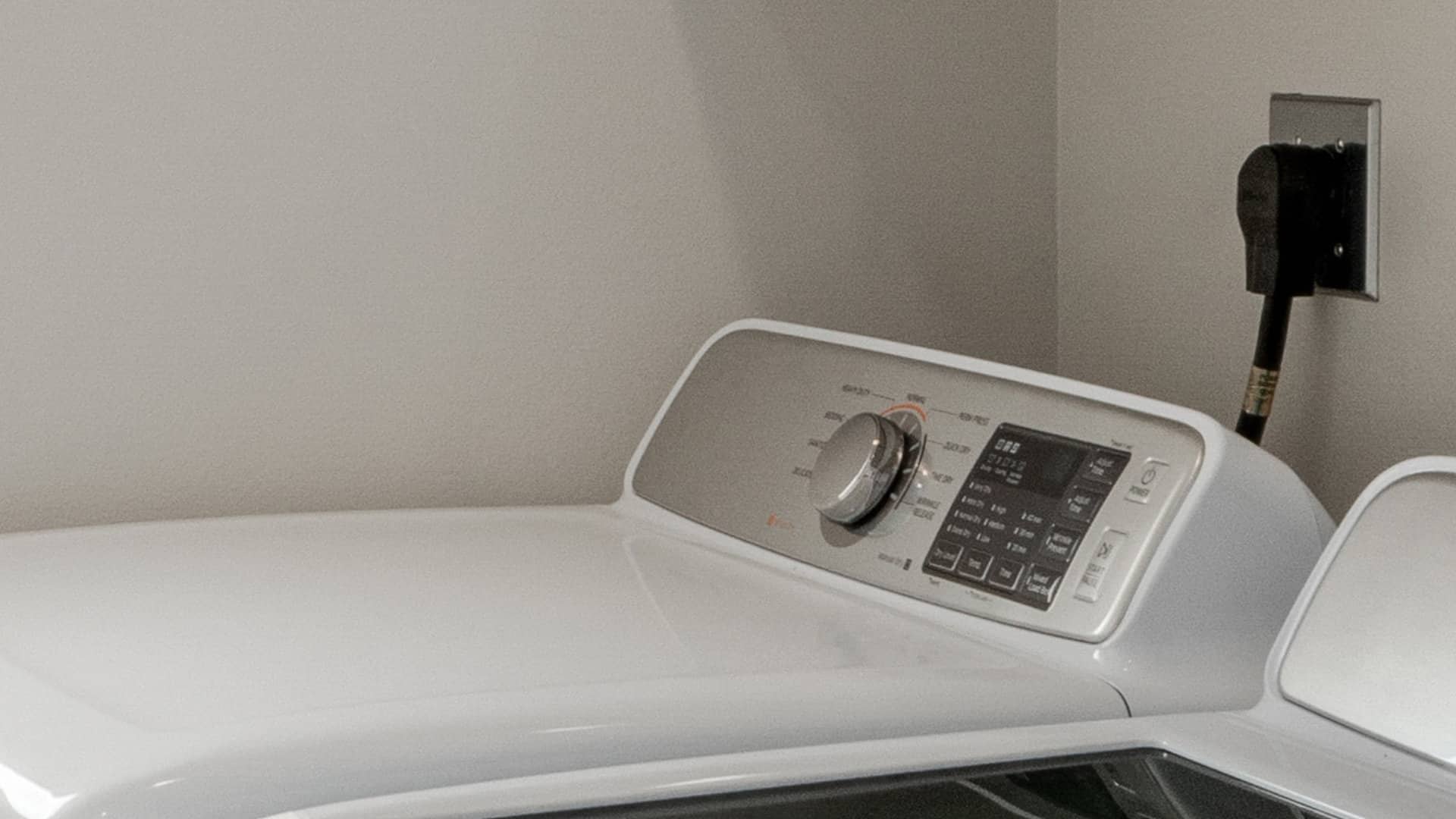
Samsung Dryer Not Heating with No Error Code? Here’s Why
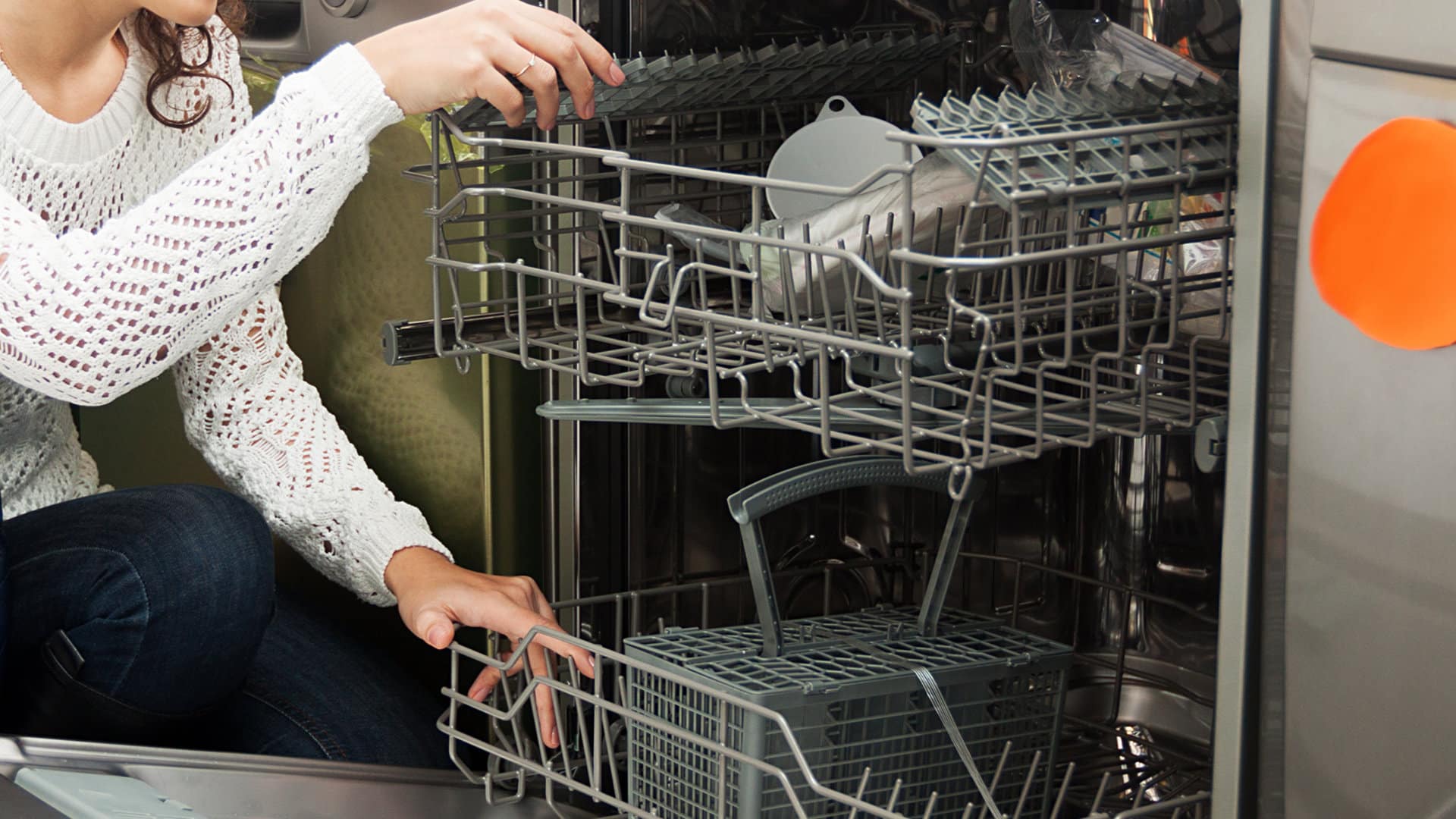
GE Profile Dishwasher Not Draining? Here’s Why
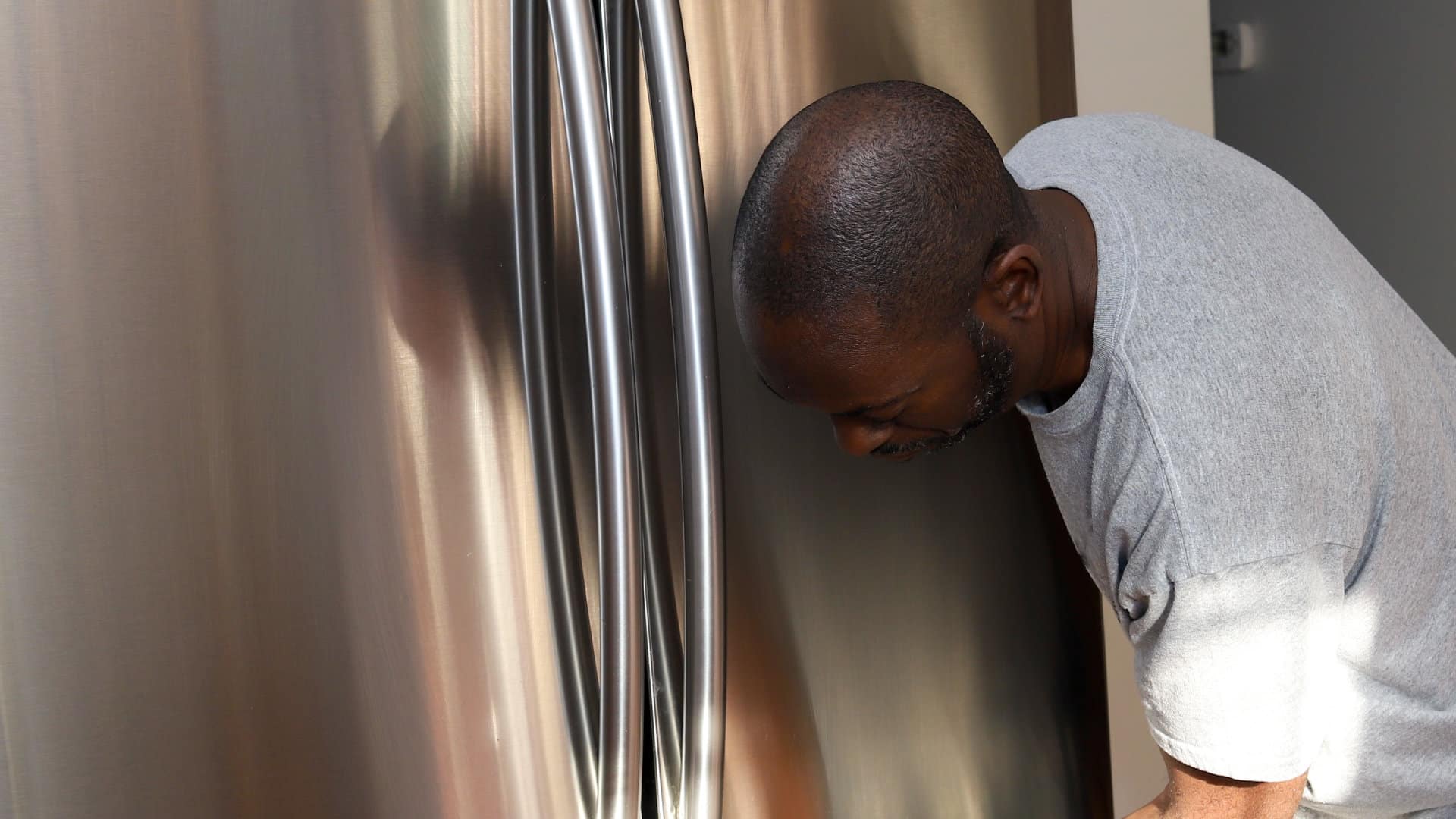
How to Replace the Filter on a Samsung Refrigerator
